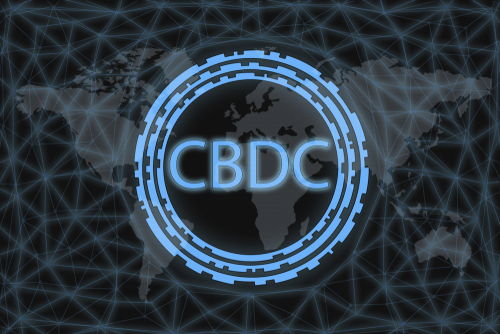The Federal Reserve Bank of Boston and the Massachusetts Institute of Technology (MIT) recently released findings from research examining central bank digital currency (CBDC).

The Project Hamilton collaboration explores a theoretical high-performance, and resilient transaction processor for a CBDC developed via open-source research software, focusing on technological experimentation.
“It is critical to understand how emerging technologies could support a CBDC and what challenges remain,” Boston Fed Executive Vice President and Interim Chief Operating Officer Jim Cunha said. “This collaboration between MIT and our technologists has created a scalable CBDC research model that allows us to learn more about these technologies and the choices that should be considered when designing a CBDC.”
The initial research phase detailed concepts from cryptography, distributed systems, and blockchain technology as a means of building and testing platforms providing policymakers flexibility in the creation of a CBDC.
“There are still many remaining challenges in determining whether or how to adopt a central bank payment system for the United States,” Neha Narula, director of the Digital Currency Initiative at MIT, said. “What is clear is that open-source software provides an important way to collaborate, experiment, and implement. In addition to supporting collaboration, monetary systems benefit from transparency and verifiability, which open-source offers.”
The collaboration’s second phase is slated to involve examining alternative technical designs that improve the technology’s privacy, resiliency, and functionality outlined in the first phase. The Federal Reserve Bank of Boston serves the First Federal Reserve District, covering all of New England except Fairfield County, Connecticut.
“The policy conversation around central bank digital currency is still in its infancy,” Narula said. “There are many research questions left to answer that we haven’t gotten to yet, such as the roles of intermediaries, how to promote access securely and how to design for those who might not have smartphones or consistent internet access.”
The Central Bank of the Bahamas, the Eastern Caribbean Central Bank, and the Central Bank of Nigeria have issued CBDCs while China is running a late-stage CBDC pilot project.
“We believe that even before the policy discussions begin in earnest, it is important to dive deeply into the technology questions, and this research was designed with that in mind,” Cunha said. “While policy decisions impact system design, we also believe groundbreaking research can inform policymakers on what is possible.”
Robert Bench, assistant vice president in the Secure Payments group of the Boston Fed, said researching a hypothetical U.S. CBDC means thinking about the highest possible stakes.
“The technical stress on a theoretical future digital dollar would be immense,” Bench said. “We’re proud of the work by our team and MIT to build a processing engine which provides both the functionality and flexibility to understand how money may work for decades to come.”